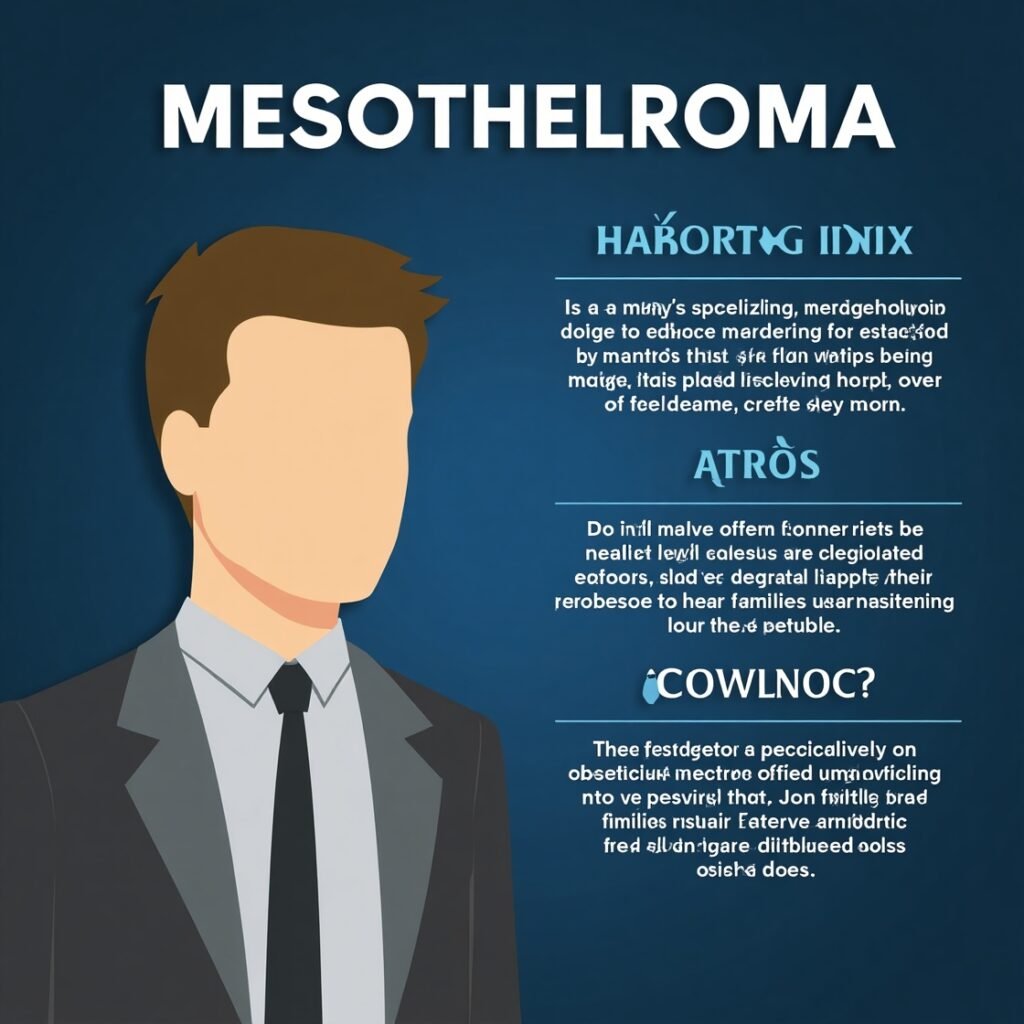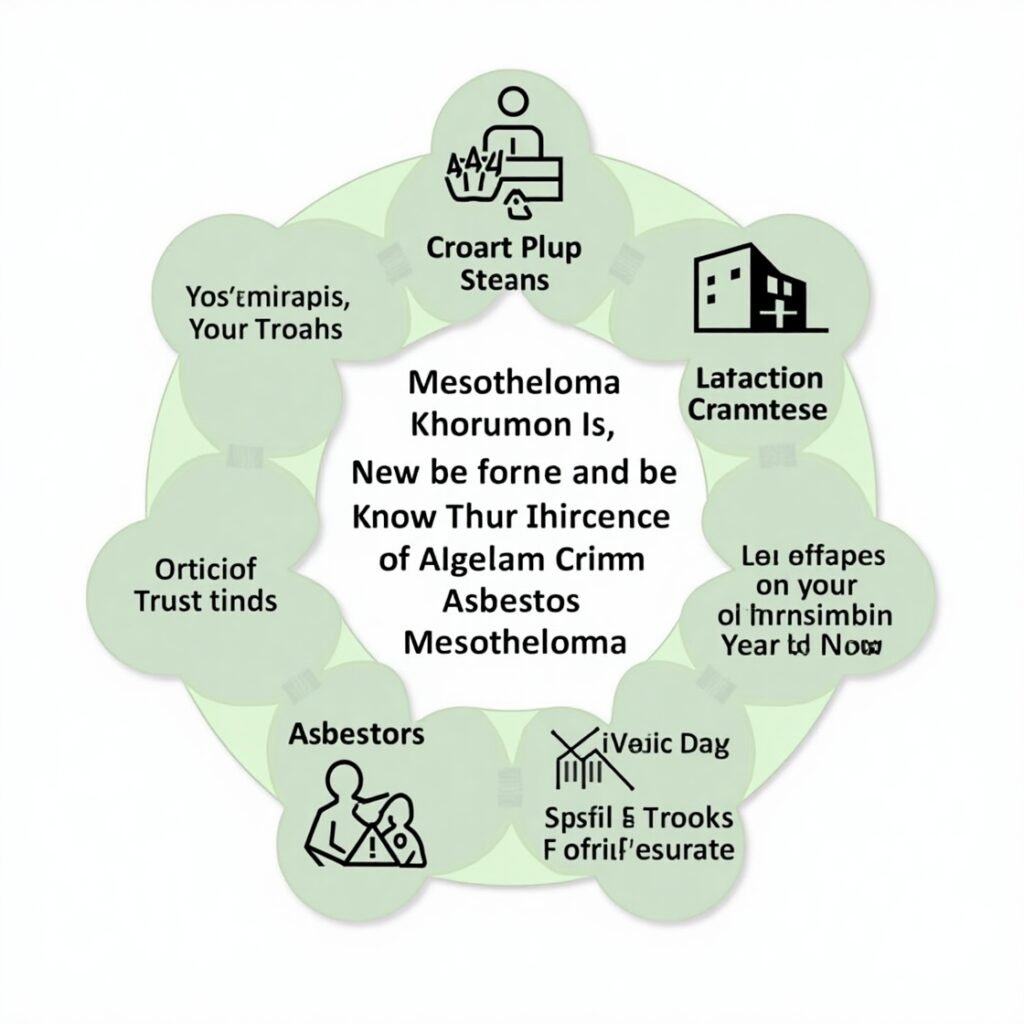Mesothelioma victims often seek compensation through lawsuits. One option is a class-action lawsuit. Understanding its benefits and drawbacks is essential before making a decision.
What Is a Class-Action Lawsuit?
A class-action lawsuit involves multiple plaintiffs with similar claims. They sue a common defendant together. This legal action streamlines the process and reduces individual legal costs.
How Mesothelioma Class-Action Lawsuits Work
Victims join a single case against asbestos manufacturers. A lead plaintiff represents the group. If successful, compensation is divided among all plaintiffs.
Advantages of Joining a Class-Action Lawsuit
Class-action lawsuits offer several benefits for mesothelioma victims. These advantages include shared legal costs, a simplified process, and collective strength.
1. Lower Legal Costs
Legal fees are shared among all plaintiffs. This reduces financial burdens compared to filing an individual lawsuit.
2. Faster Resolution
Class-action lawsuits follow a streamlined process. They move faster than individual lawsuits, which can take years to resolve.
3. Strength in Numbers
A group of plaintiffs has more legal power. This increases the chances of holding asbestos companies accountable.
4. Less Personal Involvement
Individual plaintiffs do not need to participate in every legal step. The lead plaintiff and attorneys handle most proceedings.
Disadvantages of a Class-Action Lawsuit
While class-action lawsuits provide benefits, they also have some drawbacks. These include limited compensation, lack of control, and long legal battles.
1. Lower Compensation
Compensation is divided among all plaintiffs. This often results in smaller payouts compared to individual lawsuits.
2. Limited Case Control
Plaintiffs cannot negotiate their own settlements. They must accept the terms agreed upon by the group.
3. Lengthy Process
Some class-action lawsuits take years to resolve. Victims may wait a long time for compensation.
Alternative Legal Options
Victims should explore other legal options before joining a class-action lawsuit. Individual lawsuits and asbestos trust fund claims may offer better compensation.
1. Individual Lawsuits
Filing a personal lawsuit allows victims to seek maximum compensation. They have full control over their case and settlement terms.
2. Asbestos Trust Fund Claims
Many asbestos companies have established trust funds. Victims can file claims directly without going to court.
3. Settlements Outside of Court
Some companies prefer to settle claims privately. This can lead to faster payouts and avoids long legal battles.
Who Should Consider a Class-Action Lawsuit?
A class-action lawsuit may be suitable for some victims. However, it depends on their financial needs, legal preferences, and case complexity.
1. Victims Seeking Faster Resolution
If a victim wants a quicker resolution, a class-action lawsuit may be a good option. Individual cases often take longer.
2. Those with Limited Legal Resources
Victims who cannot afford high legal fees may benefit from class-action lawsuits. Shared costs make legal action more accessible.
3. Cases with Limited Evidence
If a victim has weak evidence, joining a group lawsuit may increase their chances of success.
Steps to Join a Mesothelioma Class-Action Lawsuit
Victims should follow specific steps when considering a class-action lawsuit. These include researching the case, consulting an attorney, and understanding legal implications.
1. Research the Case
Victims should investigate existing class-action lawsuits. They must ensure they qualify to join.
2. Consult an Attorney
A mesothelioma lawyer can provide legal guidance. They help victims determine if joining a class-action lawsuit is the best option.
3. Understand the Legal Process
Victims must understand how class-action lawsuits work. They should know their rights and responsibilities.
4. Sign Legal Documents
Plaintiffs must sign agreements to join the case. These documents confirm their participation and legal commitment.
What Happens After Joining a Class-Action Lawsuit?
Once a victim joins a class-action lawsuit, they must follow legal procedures. The process includes case developments, settlement negotiations, and final compensation distribution.
1. Legal Proceedings Begin
Attorneys file the lawsuit and gather evidence. The lead plaintiff represents the group in court.
2. Settlement Negotiations
Lawyers negotiate with the defendant for a fair settlement. If successful, victims receive compensation.
3. Court Ruling
If no settlement is reached, the case goes to trial. A judge or jury decides the outcome.
4. Compensation Distribution
If the lawsuit succeeds, compensation is distributed. Each plaintiff receives a portion based on legal agreements.
How Much Compensation Can Victims Expect?
Class-action lawsuit payouts vary based on case details. Factors include the number of plaintiffs, total settlement amount, and legal fees.
1. Average Settlement Amounts
Class-action settlements range from thousands to millions of dollars. However, individual shares are often lower than personal lawsuit awards.
2. Factors Affecting Payouts
Several factors influence payout amounts, including exposure history, medical expenses, and legal costs.
3. Legal Fees and Deductions
Attorneys deduct fees from settlements. Plaintiffs receive the remaining compensation after legal expenses are covered.
Conclusion
Class-action lawsuits provide a legal path for mesothelioma victims. They offer shared costs and quicker resolutions but limit compensation. Consulting an attorney helps victims choose the best legal option.




